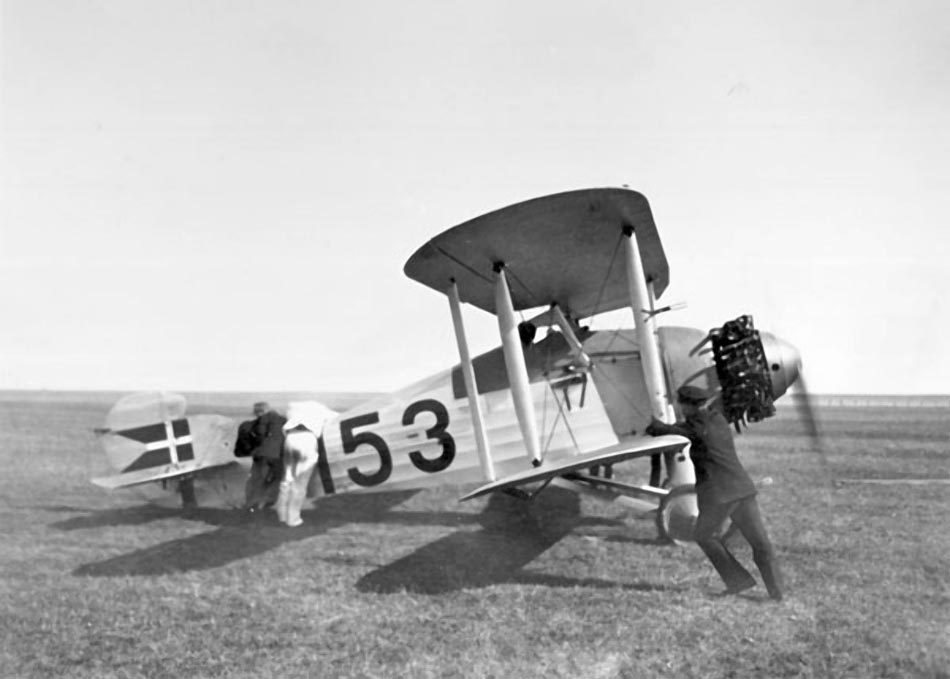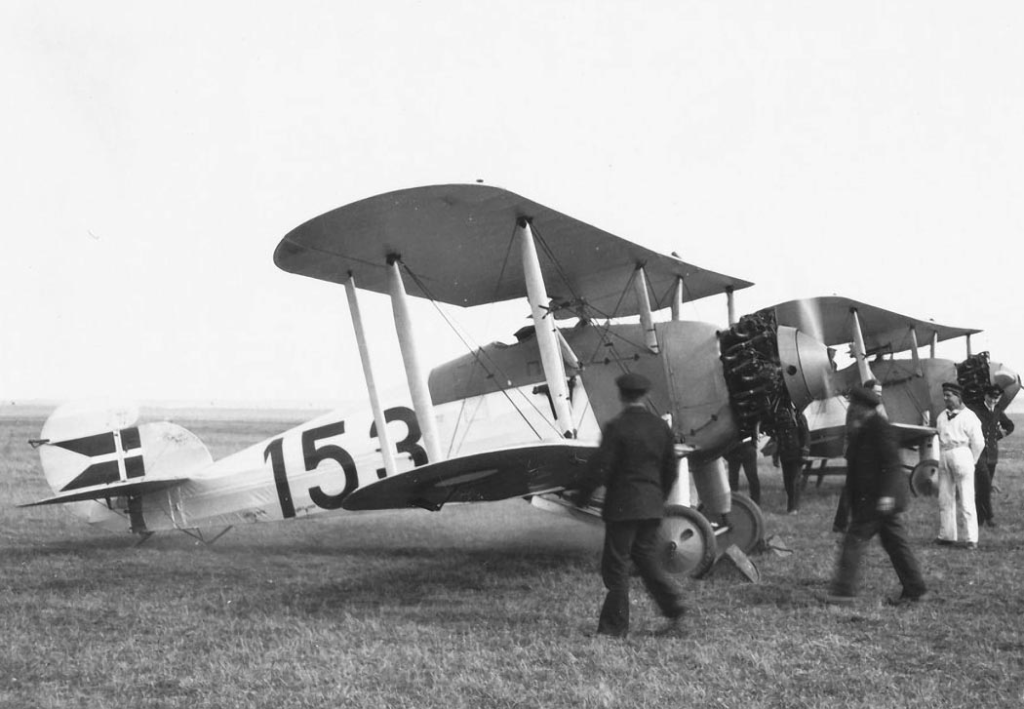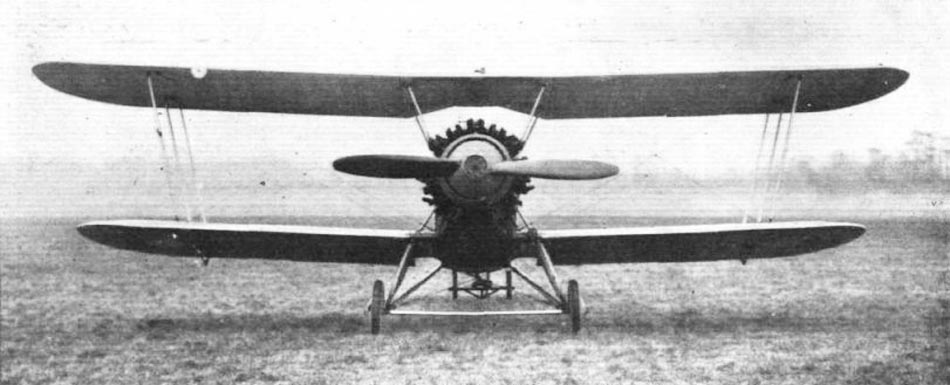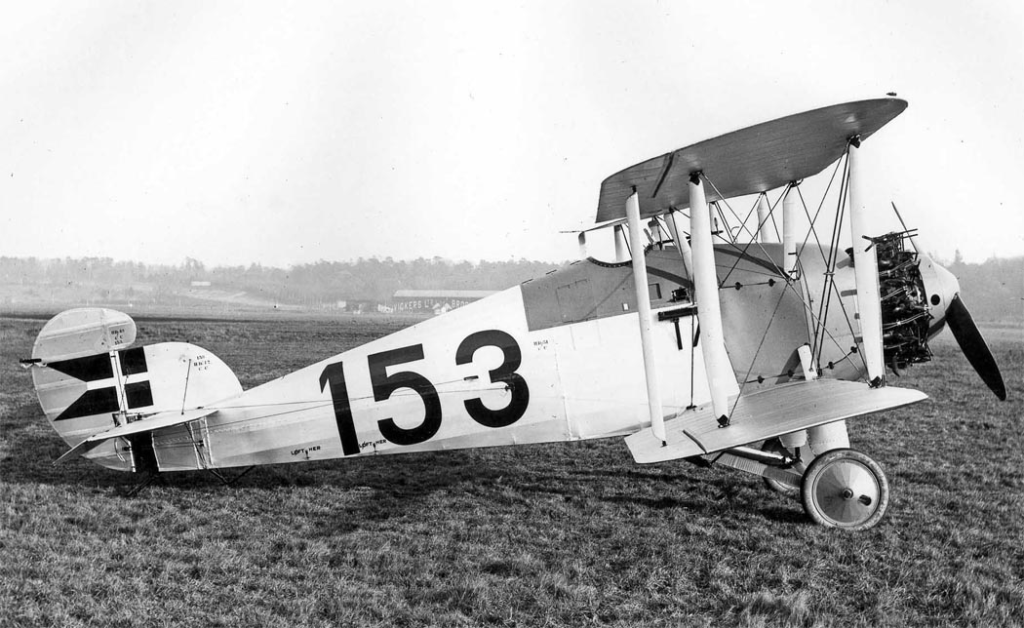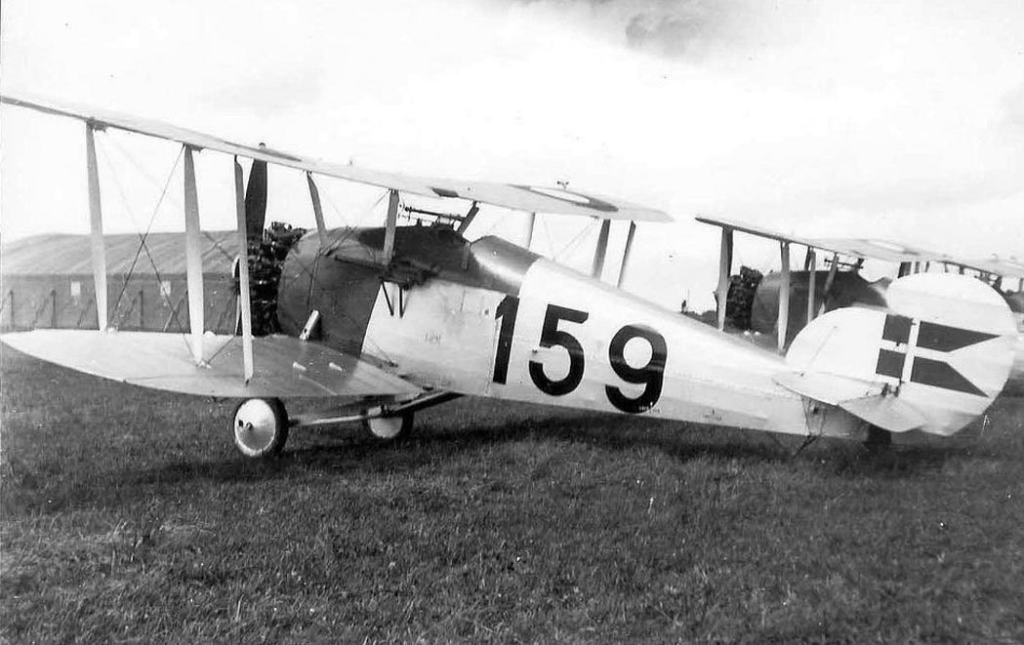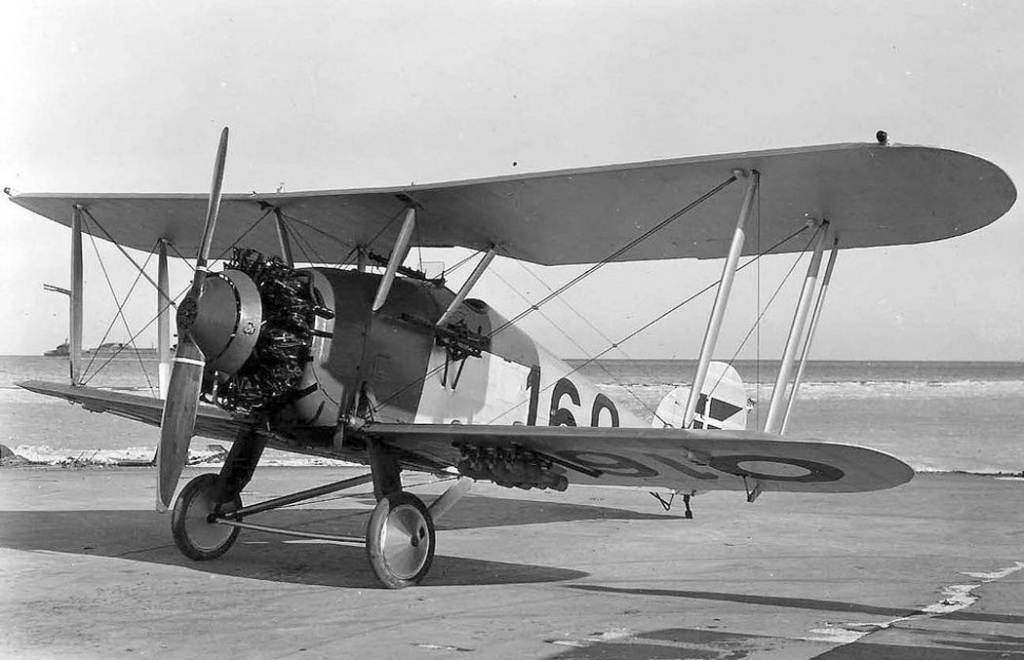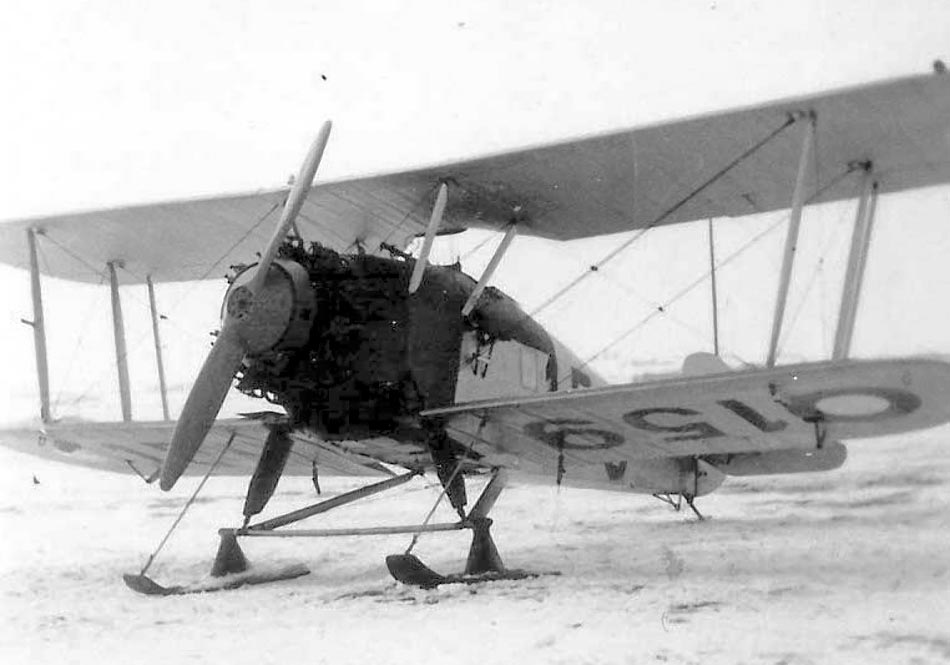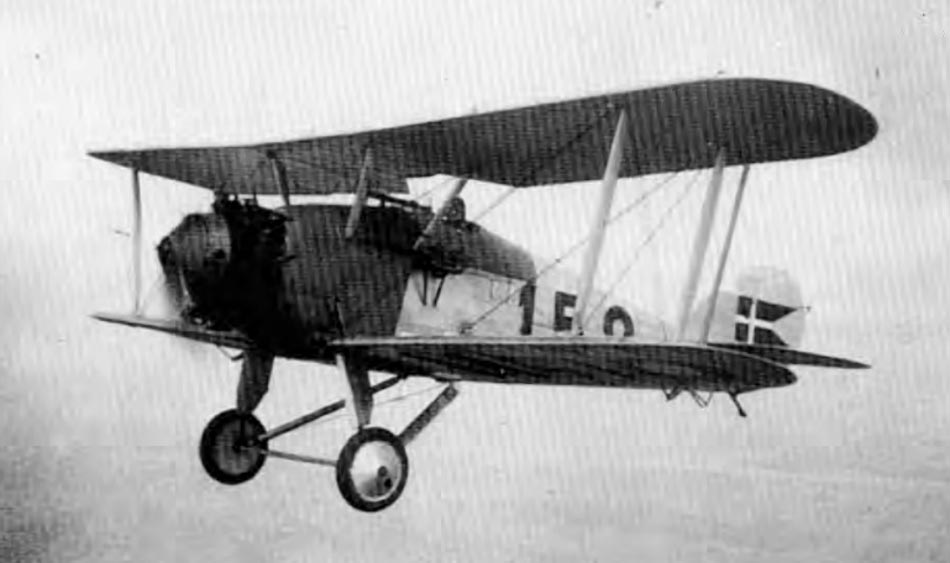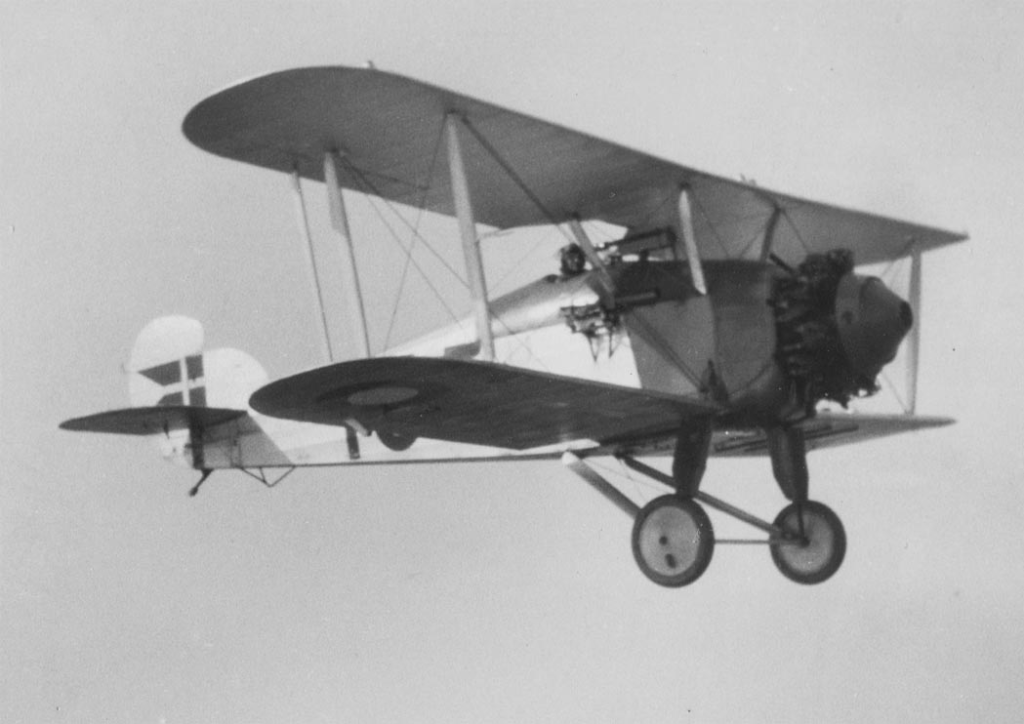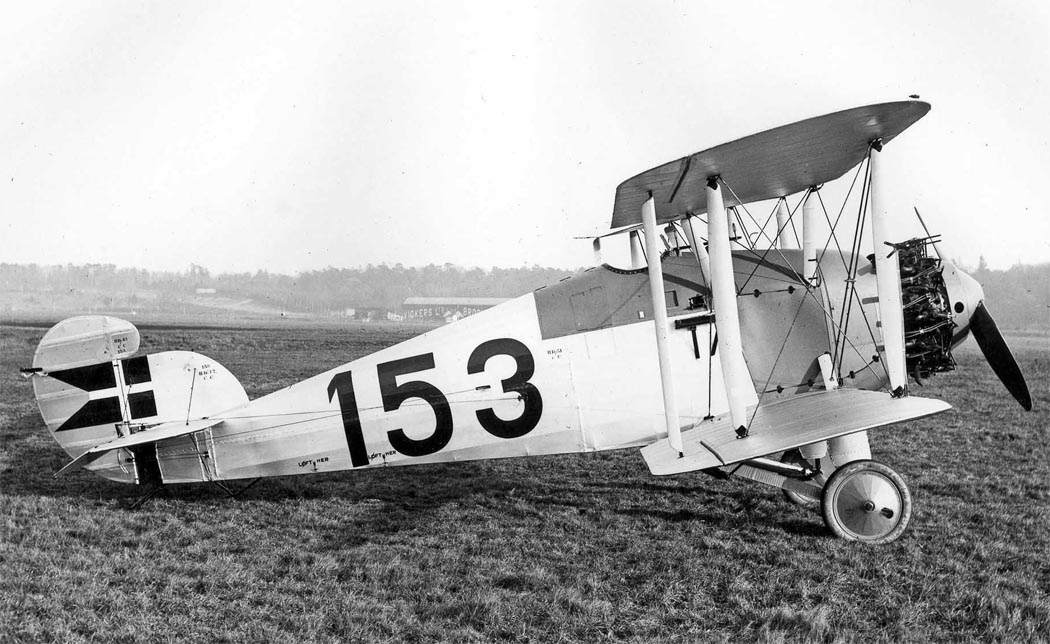Hawker Danecock Fighter
The Hawker Danecock was a 1920s British-designed biplane fighter, notable for being one of the first Hawker aircraft to gain success abroad, even though it was built in small numbers. It was essentially a modified export version of the Hawker Woodcock, tailored to meet Danish military requirements. The Royal Danish Navy, seeking a modern fighter to replace its aging aircraft, evaluated the Woodcock but requested design alterations to suit local operating conditions and armament preferences. Sydney Camm, then Hawker’s chief designer, created a modified version called the Danecock.
In 1925, Denmark purchased three Danecock aircraft from Hawker. These were delivered fully assembled from Britain. Denmark then produced a further 12 aircraft under licence at the Orlogsvaerftet naval dockyard in Copenhagen. These license-built machines were referred to locally as Orlogsvaerftet L.B.II Danecock (sometimes Danekok). The locally built aircraft were essentially identical to the British-built examples. The Danecock served with the Danish Naval Air Service (Orlogsvåbnet) into the mid-1930s when they were replaced by Hawker Nimrods.

